Amplify Enterprise Marketplace makes it possible to curate and monetize your APIs in a central marketplace you build to simplify API adoption and get your latest digital service to the market faster.
It’s all your APIs, packaged and ready to go.
Since we first made the SaaS solution available, we’ve constantly updated it with new functionalities, and your feedback has been a substantial part of the development process. Here’s an overview that we shared at Axway Summit 2024 of what we’ve added lately, and how it reinforces the four pillars of the Marketplace:
- Discover
- Secure
- Productize
- Grow Adoption
Solve the discovery dilemma with an API marketplace
“What APIs do you have?” may seem like a reasonable question, but you’d be surprised at how hard that can be to answer for enterprises.
We’ll see a CEO ask the CTO, “Do you have an inventory of all your APIs?” The CTO asks the architect, the architect asks the developers, and they’re all scrambling around to get that from various developer portals, spreadsheets, and wikis.
Forget API sprawl – many enterprises today have gateway sprawl. And yet APIs are valuable assets. Unmanaged, unknown APIs are a security risk, and they’re also a massive waste of resources if no one is adopting them.
See also: You know where your laptops and software licenses are. What about your APIs?
There’s also growing regulatory pressure around API discovery, with the U.S. Federal Reserve’s SR 21-14 issuing guidance on authentication and access to financial institution services and systems. Banks risk noncompliance fines if they can’t present their IT assets and how they are governed during an audit.
Our API marketplace is designed to give you that inventory, with adoption and usage information and business insights in a single pane of glass. In order to enable full API discovery, we already had the following Amplify Agents in place:
- V7 API Manager DA / TA agents
- AWS DA / TA agents
- Azure DA/TA agents
- Apigee DA/TA
- Mulesoft DA agent
And we’re happy to share that we’ve also added the following additional agents:
- GitHub Embedded Agent
- Apigee X Embedded Agent
- GitLab Discovery Agent
- Kong Discovery Agent
- Kafka Discovery Agent
See also: Bringing federated API management to life with expanded Amplify Agents
We’d like to briefly zoom in on a few of these and how they’re enhancing Marketplace capabilities.
Apigee X Embedded Agents: An embedded discovery agent needs to be provided with a Google Project ID, Developer Email Address and Impersonate Service Account (Client email). The agent makes it possible to bring all your APIs from Apigee in less than a minute, and it allows you to get insights into the usage of those APIs.
GitHub Embedded Discovery Agent: The embedded GitHub Agent needs to be provided with a Personal Access Token, File path, Filters, Repository name and Repository Owner. You can now bring all your APIs in from GitHub in less than one minute, and you’ll have the ability to perform compliance validation on APIs during the design phase.
Kafka Agents: Kafka Cluster Agents for Confluent Cloud/Confluent Platform enables discovery of topics (as Async APIs) and collection of consumer metrics. We’ve received quite a bit of demand for event-driven API support as well, so these Kafka agents make it possible to discover all your event-driven APIs in a single pane of glass alongside other types.
See also: There is no best API style. But there is one best solution for all of them.
Validate and secure APIs in a more integrated way
The validation and securing of APIs, or linting process, is a lot like the blueprint of a building. Much like a building inspector would review a building’s blueprint to make sure it is safe and meets construction codes, linting rules check an API’s blueprint to ensure it is designed properly and follows security guidelines.
Amplify Platform uses Spectral in an integrated manner to provide the following capabilities:
- Embedded Linting Server with Linting Rules
- Visualize and download linting results
- Define and import custom rulesets
- Community supported rulesets: AWS-GATEWAY, OWASP, documentation, URL-VERSIONING
These features allow you to customize your organization’s linting values while also relying on community-supported rulesets to make sure APIs are properly designed and security rules are enforced.
Based on these rules you’ve defined, the platform will offer a “grade” that lets you check the quality and security of your APIs against your own standards. It’s an excellent final step before pushing an API product out to customers.

See also: From Zombies to Legacy or Shadow APIs, it’s time to remediate your lost APIs
You can see this feature in action in the demo clip below:
Improved representation of the API landscape
We’ve also done some work to better visualize and represent the API landscape. For example, we’ve added API lifecycle stages (dev, test, prod) which can be assigned and properly visualized in Marketplace.
This feature really illustrates how important our customers are in our product lifecycle: we had a particular customer with a very complex architecture, and they wanted to be able to control which endpoints – and at which stages or versions – would be available to the consumers.
So, we built these features into Marketplace.
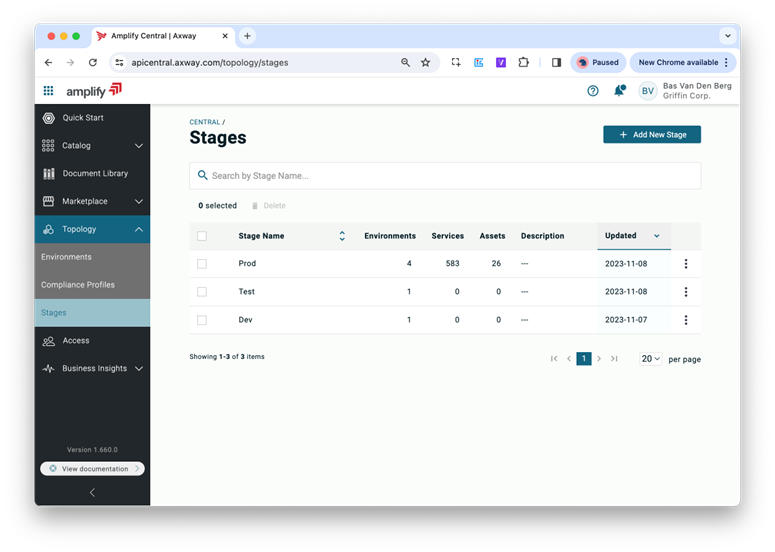
Now you can bundle everything into a product, but you can also decide to make the production endpoint available only for certain partners and allow your own developers access to the testing or staging endpoints.
This also better aligns with the way cloud API platforms, such as AWS, are working today. The stages and state capabilities for API service endpoints can be discovered by agents or you can assign them manually.
Enable true API productization
Once you’ve moved through the process of designing, curating, and validating your APIs you have a catalog of APIs that can be made available for adoption; it’s what we call productizing APIs.
Here are a few newer features that give you more robust product definitions.
Document Library
The document library allows you to leverage the existing documentation that you have in different sources. You can upload external documents (PDF, Excel, Word, etc.) or link documents such as Confluence pages. These documents can then be reused in Marketplace settings (Menus / Footer) or Product documentation.
Good documentation is key to API adoption – it makes the developer experience smoother and gives them a starting point to understand what the value of your product is, what the use cases are – tutorials and step-by-step guides make APIs easy to implement.
On the internal end, this also helps you reduce the time you spend writing documentation for each product when they have APIs in common.
Hierarchical categories
With the addition of hierarchical categories, you can now create multi-level categories and assign products to categories at any level. If you have already established taxonomies with complex structures, you can leverage that into the marketplace.
You can also filter by product categories at any level, simplifying the categorization of large numbers of APIs.
Dive Deeper Into API Productization
Grow API adoption with your API marketplace
Finally, we’ve added capabilities that help improve the overall developer experience and community management.
Extended search capabilities
It’s hard to use what you can’t find – or don’t even know you have. This is why we’ve made improvements to Amplify Marketplace’s search capabilities. Previously, you would search the products by title. Now, you can search the complete API definition (including API specifications and documentation).
If you’re a developer that is interested in, say, finding an endpoint to get users, or inventory, or payment, the search engine will be able to return all the APIs that match your criteria.
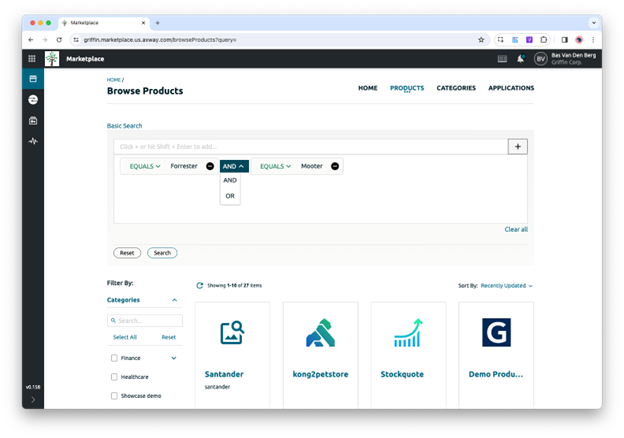
Try-it-now
We’re making it simpler for developers to try APIs thanks to an embedded try-it-now experience (no longer the swagger popup).
It includes support for OAuth2.0 and you can leverage a generated credential unlimited times for try purposes within the persistency limitations (3 days).
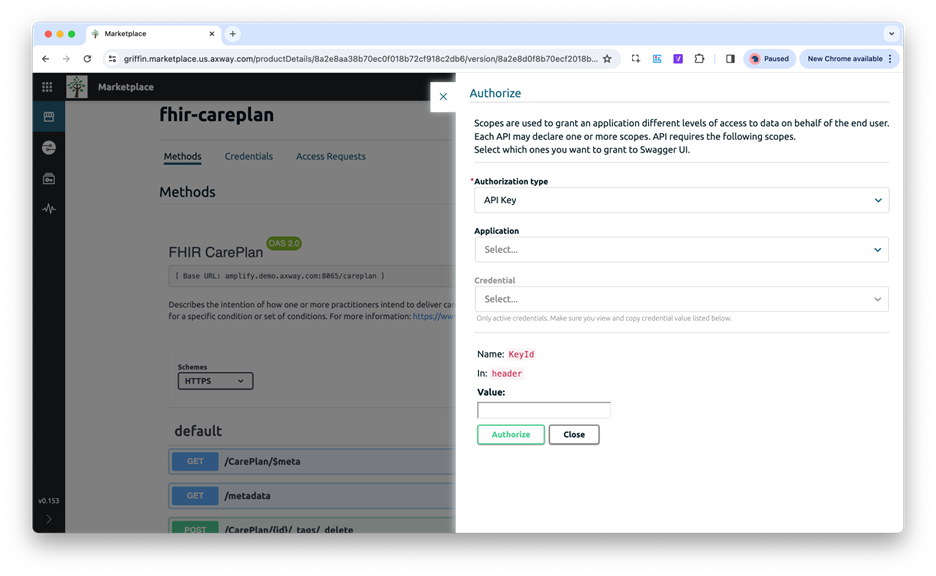
Ratings and reviews
This is a very robust feature that will feel quite familiar to users of consumer marketplaces like Amazon Prime. Ratings and reviews are important because on the one hand, providers gain valuable insights into how consumers experience their product offerings. On the other hand, these help the consumer base to better understand the quality, usability, and satisfaction level of the product offerings.

Moderation settings allow you, as a marketplace administrator, to choose if you want to approve reviews before they go live, and you can also define guidelines that the users must adhere to when submitting a review.
Marketplace social login
Developers can now sign up with Google, GitHub, or GitLab credentials, or bring their own IDP, helping to reduce friction in the API adoption journey and minimize the risk and effort around user credentials.
Billing integration
Finally, we’ve added billing integration to enable providers to collect payments for the product usage by consumers, enhancing user convenience and streamlining revenue collection.
Being able to integrate billing systems like Stripe makes the process more self-service and is a key part of successful API monetization.
Dive deeper: Streamline monetization by setting up billing integration for your API marketplace
Visibility and insight into your APIs help you make smarter business decisions
All these new features we’ve added help reinforce the four pillars of Amplify Marketplace: Discover, Secure, Productize, and Grow Adoption.
Throughout it all, it’s also important to keep in mind the constant feedback loop offered by these additional insights, and that’s what our Business Insights dashboard is designed to do.
Consumer Insights provides API consumers with secure, self-service access to actionable insights regarding their usage of the APIs from the Marketplace. This enhances transparency and empowers them to optimize their API usage effectively.
Here’s a quick look at how these insights help enrich the developer experience:
Provider Engagement shows engagement levels to understand and improve the overall health of your API program and engagement of different API provider teams. These metrics give you a more comprehensive assessment and enhancement of your API program’s vitality and the collaboration of API provider teams.
Finally, the Subscriptions Dashboard shows you a list of the consumer teams with their subscriptions in their Marketplace. This detailed list helps you monitor and validate how they are using their Marketplace subscriptions.
We’re grateful to our customers’ support and feedback that helps us continue to improve our Amplify Enterprise Marketplace. Every one of these enhancements, we believe, will make it easier than ever for you to secure, govern, productize, and monetize all your enterprise’s APIs.

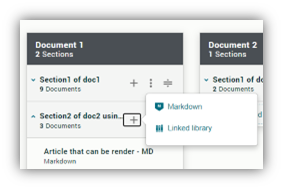
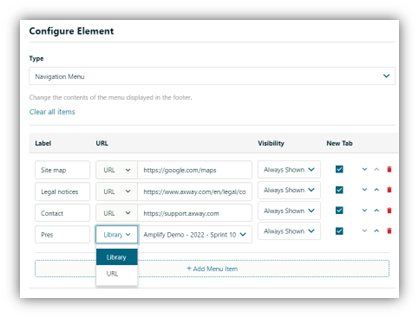
Follow us on social